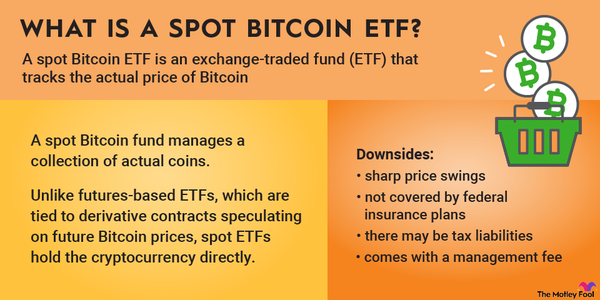As an investor, it's vital that you do your due diligence on every single purchase you make, even if it's a small buy of a new company you think has some potential. That's where Form S-1 comes in: It gives you more information you can use to make the best decisions possible for your portfolio.

Overview
What is Form S-1?
Form S-1, also known as the registration statement, is required by the U.S. Securities and Exchange Commission for all domestic companies launching an initial public offering (IPO) or issuing a new round of stock offerings. The Securities Act of 1933 requires significant disclosure from companies so investors can better understand the risks and rewards that come with the security.
Form S-1 is different from a preliminary prospectus, although they sound very similar. A preliminary prospectus is a confidential document that can also be used to provide investors with information about an upcoming IPO, like a first draft of the document. Form S-1 must be filed before an IPO, however, so always check the S-1 before investing, even if you've seen a preliminary prospectus.
What S-1 discloses
What is disclosed on Form S-1?
Form S-1 discloses many different things about a company, including basic information like the company's name, the state where it's incorporated, who controls it, and the proposed date of the IPO. However, it also includes a prospectus so investors can better understand the company and its risks.
The investment prospectus is the most important portion of Form S-1 and includes information about risks to the business and business environment, how the offering price was determined, a description of the securities that will be offered, and any material changes to the business since the end of the most recent fiscal year.
It also can include optional information about recent sales of unregistered securities, indemnification of directors and officers, and other expenses related to issuance and distribution of the securities.
Differences between S-1 and F-1
Differences between Form S-1 and Form F-1
Another, similar form exists called Form F-1. This is not an identical form to the S-1, but is instead used by foreign business entities before new securities are issued. It contains all the same information as an S-1, plus additional information specific to the company's country.
The additional information must include how the securities are treated, such as taxation issues in a foreign jurisdiction and how legal matters will be handled.
Related investing topics
Why it matters
Why Form S-1 matters to investors
Form S-1 and Form F-1, are vital tools for investors. Not only do they allow investors to get a better understanding of how the security being issued should work, they also provide a clearer picture of the company issuing the security.
That goes for any sort of tradable security, such as stocks, bonds, and anything else that a company might wish to list. Stocks and bonds often work differently, so it's really important to understand which is being offered and why. This will all be disclosed in the prospectus, which is a big part of Form S-1.
Before to the Securities Act of 1933, filing requirements were scant, leaving many investors in the dark as to what they were actually buying with their dollars. Although it can create a lot of paperwork (especially if an S-1 is amended several times by the company), this form gives you the very best picture of what's going on under the hood of your next stock purchase.
















































































































